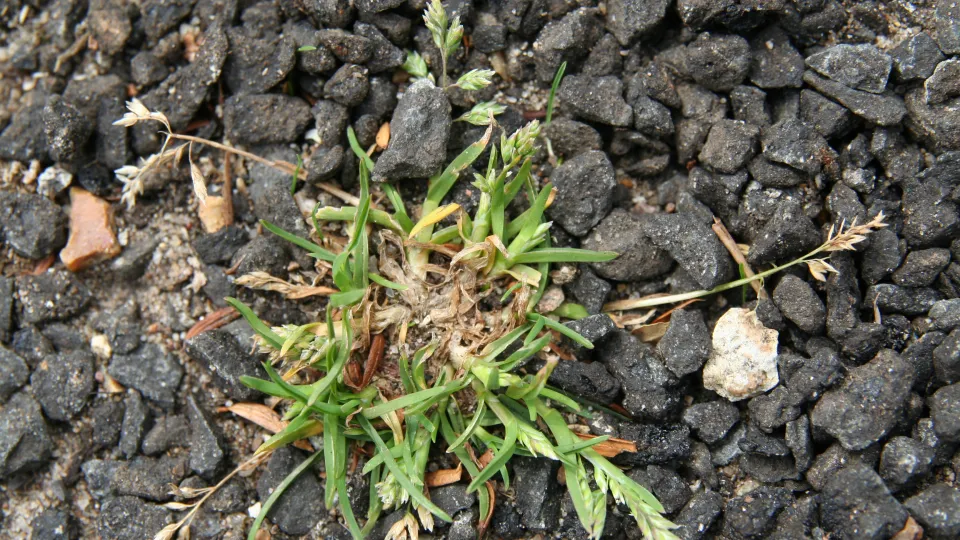
Annual meadow-grass
Annual meadow-grass is a coarse, vigorous grass that can be found on waste ground, bare grassland and in lawns. In some situations, it can be considered a weed.

Annual meadow-grass is a coarse, vigorous grass that can be found on waste ground, bare grassland and in lawns. In some situations, it can be considered a weed.

Perennial rye-grass is a tufted, vigorous grass of roadside verges, rough pastures and waste ground. It is commonly used in agriculture and for reseeding grasslands.
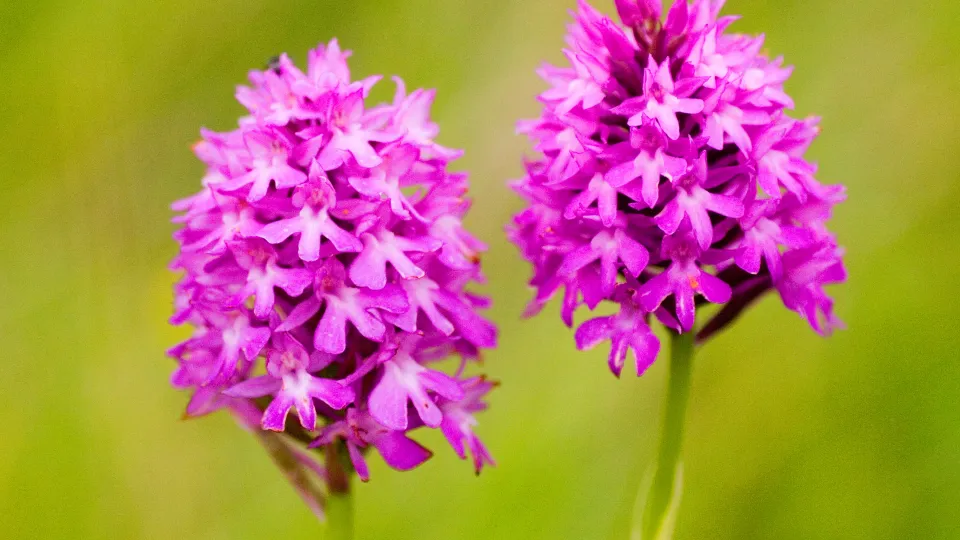
The Pyramidal orchid lives up to its name - look for a bright pinky-purple, densely packed pyramid of flowers atop a green stem. It likes chalk grassland, sand dunes, roadside verges and quarries.

A short, but pretty plant of unimproved grasslands, the Green-winged orchid gets its name from the green veins in the 'hood' of its flowers. Look for it in May and June.
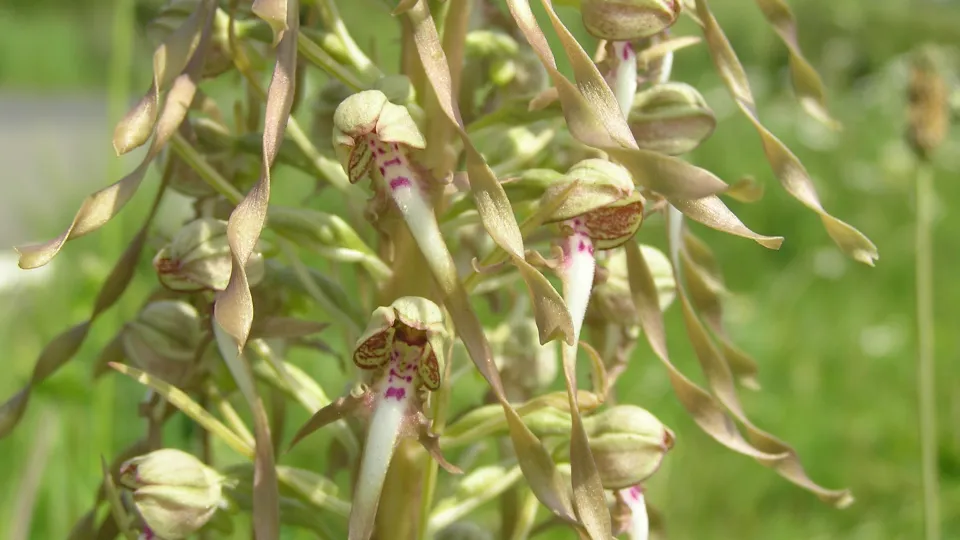
The petals of the rare Lizard orchid's flowers form the head, legs and long tail of a lizard. They are greenish, with light pink spots and stripes, and smell strongly of goats! Spot this tall plant on chalk grasslands and dunes in the South East.
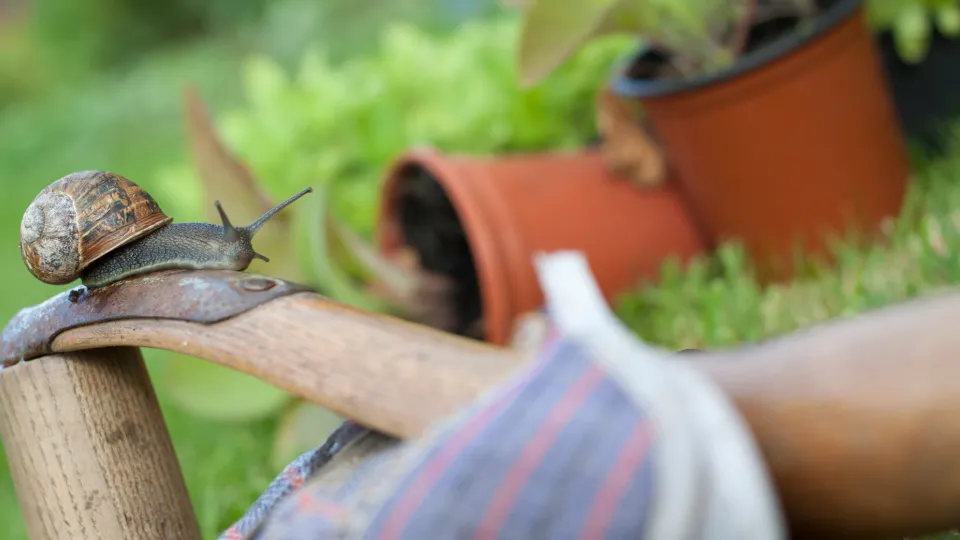
The green spaces of our towns and gardens bring nature into our daily lives, brightening our mornings with birdsong and the busy buzzing of bees. Together, the UK's gardens are larger than all of our National Nature Reserves combined, making them as important for wildlife as they are for our own wellbeing.

Enormous flocks of geese, ducks and swans swirl down from wide skies to drop onto the flat, open expanses of flooded grazing marshes in winter. In spring, lapwing tumble overhead and the soft, damp ground speckled with cuckooflowers provides excellent habitat for waders probing for prey in the damp soil. By summer, when the ground is drier, some marshes are cut for hay or silage, but the ditches remain wet and come alive with dragonflies and other insects.
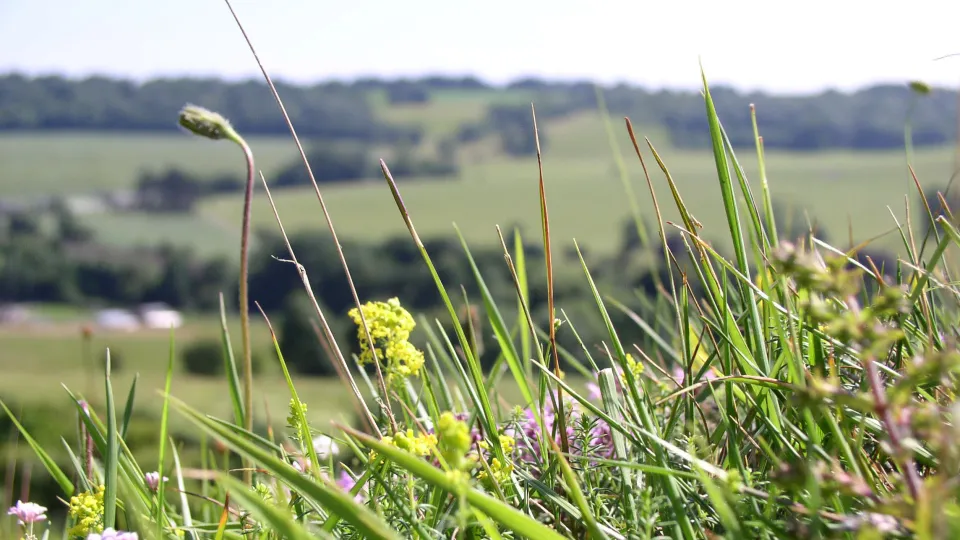
Typical of softly rolling pastoral landscapes, the short, aromatic turf of lowland calcareous grassland is flower-rich and humming with insects in the summer. Its long use by humans lends it an ancient feel and it is often seen amongst prehistoric burial mounds, hill forts and old trackways.
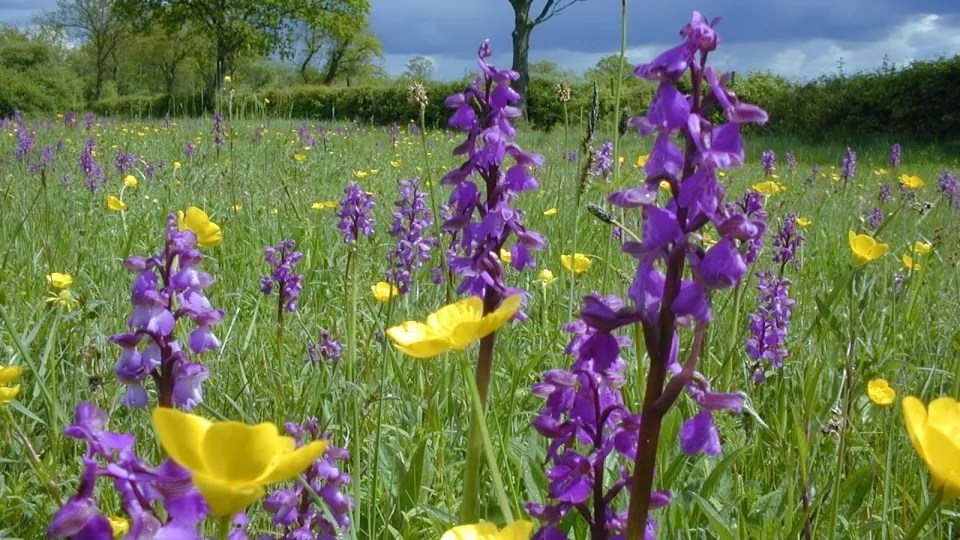
Generally found as part of lowland farms or nature reserves, these small, flower-rich fields are at their best in midsummer when the plethora of flowers and insects is a delight. Tiny reminders of the former abundance of wildflowers in the farmed countryside, they are now treasured for both their wildlife and for the unique rural traditions that developed as part of their farmed history.
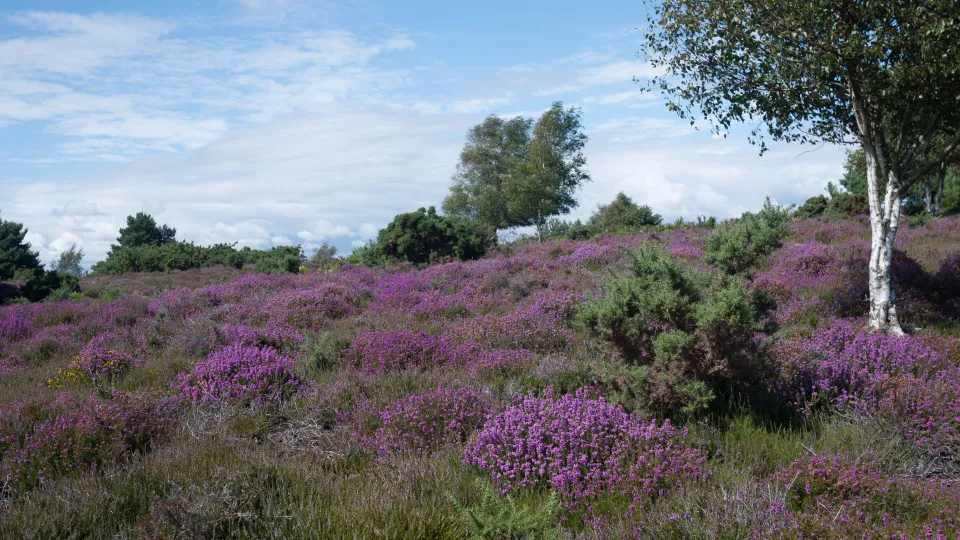
Heathlands form some of the wildest landscapes in the lowlands, where agriculture and development jostle for space, containing and limiting natural processes. Once considered as waste land of little value, lowland heathland is now appreciated and protected for its unique wildlife and austere beauty.